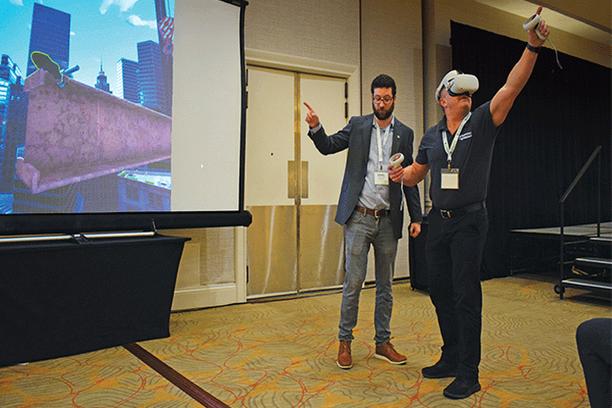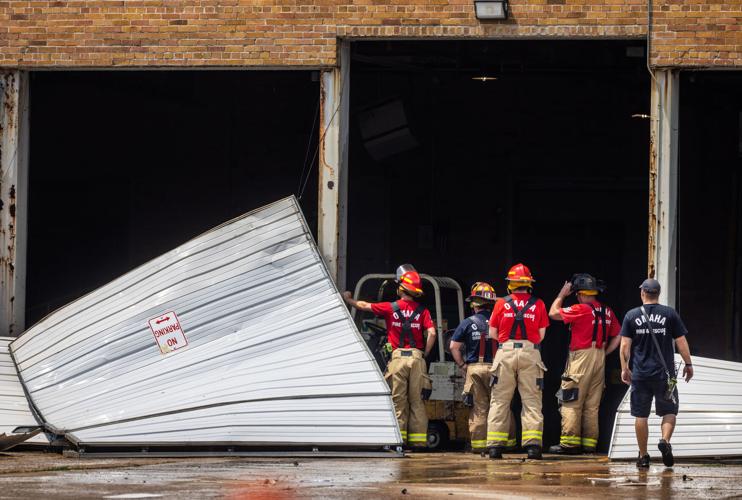Minimizing Accidents in the Workplace: How to Steer Clear of Strain and Unintended Mishaps
Workplace safety is of supreme importance. While many consider industries such as construction or manufacturing to have the highest risk of accidents, the truth is, mishaps can occur in any setting – from a quiet office to a bustling warehouse. Among the most common culprits contributing to workplace injuries are excessive strain and unplanned stumbles… Continue reading Minimizing Accidents in the Workplace: How to Steer Clear of Strain and Unintended Mishaps




